
Historical Journal Celebrates Eichler Homes
 |
|
|
It’s not often the academic press takes notice of Eichler homes. That’s why it’s gratifying to fans of the homes that the Southern California Quarterly has done so in its most recent issue.
The short article, ‘The Historian’s Eye,’ focuses on the Eichler homes of Southern California but speaks generally of all Eichler homes. The un-bylined article is by the journal’s editor, Merry Ovnick, professor emeritus of history at Cal State Northridge.
While the article doesn’t break any new ground for those of us who know and appreciate Eichlers, it does bring the homes to the attention of a wider public, principally historians and serious amateur historians.
Ovnick is the author of the book ‘Los Angeles: The End of the Rainbow,’ a history of the city told through its architecture.
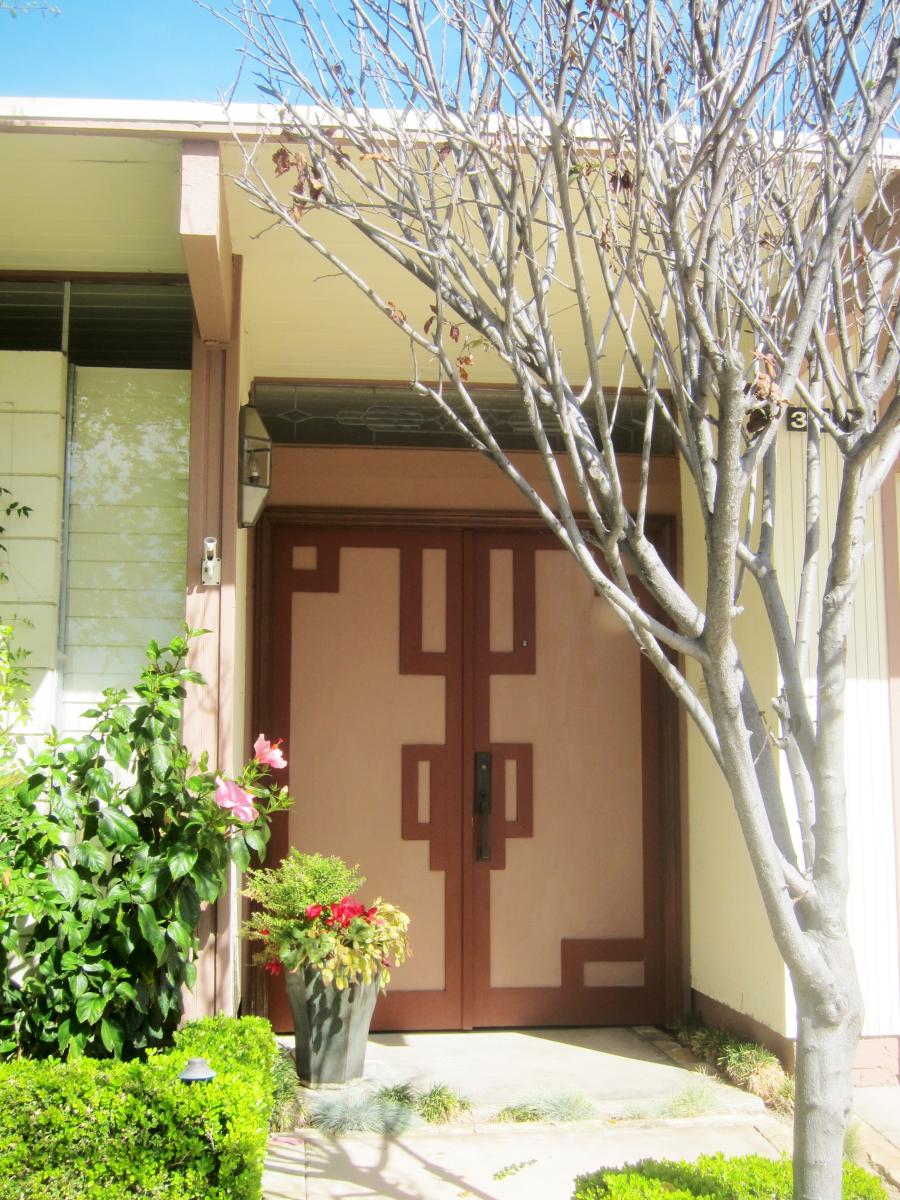 |
|
|
This sort of thing is positive, especially as Eichler and other modern homes are increasingly threatened by McMansions and as preservationists seek to landmark some Eichler neighborhoods. One such effort is underway in Orange County, an attempt by real estate broker Kelly Laule to add the three Eichler neighborhoods there to the National Register.
Other articles in the summer issue of the ‘juried scholarly journal,’ include ‘Consider the Raven: indolence and imperialism in California,’ and ‘An Odyssey: The city of Los Angeles and the Olympic Movement, 1932-1984.’
The journal can be found in research libraries, or accessed online at various libraries, or downloaded at home from JSTOR for a hefty fee.
Besides editing the journal, Ovnick is on the board of Society of Architectural Historians, Southern California Chapter. She is the organization’s former president.
As a leader of the society, she says, “I'm tentatively planning to organize a tour of the Thousand Oaks Eichlers sometime in 2016.”
Her article shows an atrium interior of a home in Conejo Village, the Eichler neighborhood in Thousand Oaks.
Quoting an old Eichler brochure for the neighborhood, it goes on, “Through the skillful use of glass the whole outdoors is virtually an extension of your living space. Yet, with all its expansiveness, an Eichler home is a citadel of privacy.”
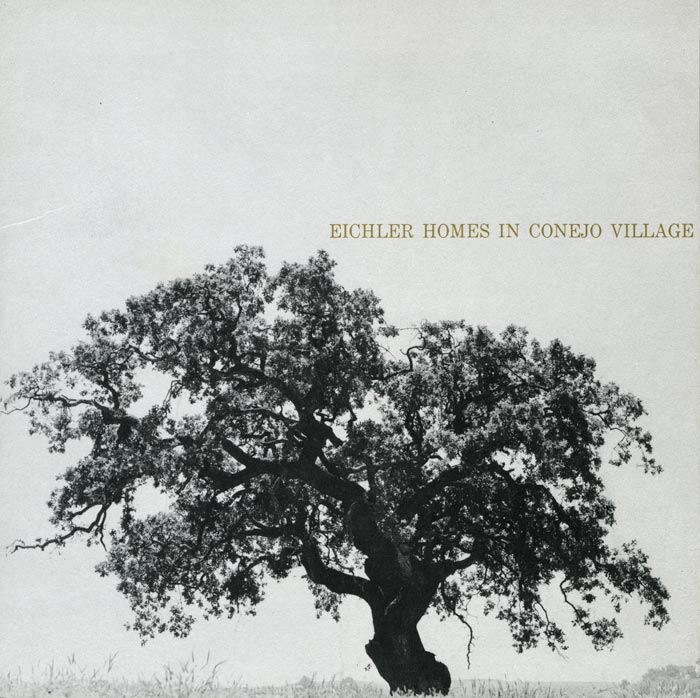 |
|
|
It also quotes from a 1964 newspaper ad for the subdivision, promising “other differences (between Eichlers and traditional homes) you don’t notice ‘til you live in an Eichler … like chrome closet rods that never sag … or silent light switches.”
The article also touches on the other Eichler neighborhoods in Southern California, including those in the city of Orange, and the neighborhood in Granada Hills in the San Fernando Valley, Balboa Highlands.
Focusing on Thousand Oaks, it describes the designs by Claude Oakland and Jones & Emmons there, “four basic four-bedroom plans” that were sold for $31,450 to $33,450. The article notes that Eichler ran into financial difficulties around this time (threatened with bankruptcy, Eichler Homes was sold to a pair of investors in 1966).
The final homes in Thousand Oaks, the quarterly notes, sold as “lender close-outs” for bargain prices.
Eichler’s son, Ned Eichler, had argued forcefully against the company’s expansion to Southern California, arguing that it would be a costly distraction from the core business of building suburban dwellings in the Bay Area. Ned Eichler believed the Southern California venture contributed to the financial collapse of the company.
Joe Eichler later returned to homebuilding under a different business structure and name. He died in 1974.
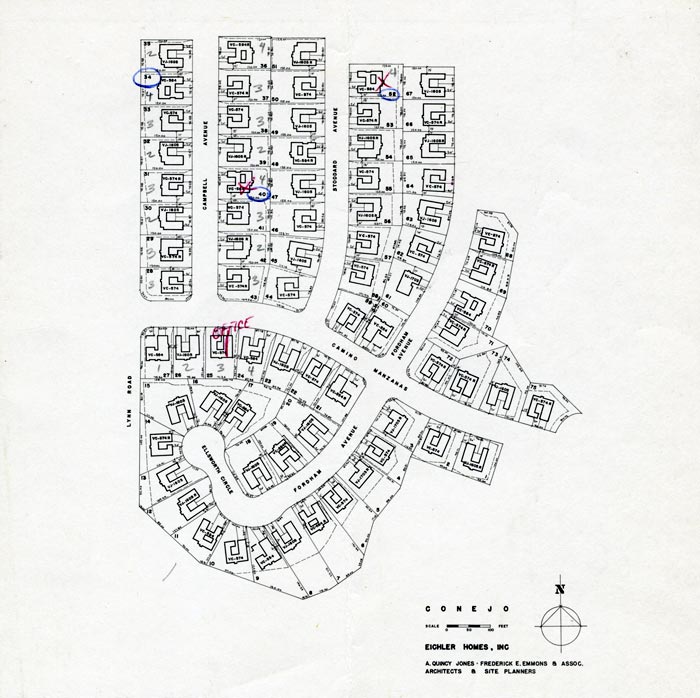 |
|
|
The article in the quarterly doesn’t dwell on Eichler’s business problems but celebrates two triumphs: the success of the homes themselves, and Eichler’s commitment to social betterment.
“Many people think Eichler homes are 15 years ahead of their time,” Ovnick quotes from an Eichler Homes advertisment from 1964. “When other homes are showing their age, an Eichler home will still be up-to-date.”
The article recalls that Eichler was selling his homes to people from all ethnic backgrounds as early as 1954 – a good nine years before the state passed the Rumfford fair Housing Act in 1963. A year later, the people of the state of California voted to over-turn that act, reinstating legal discrimation in housing.
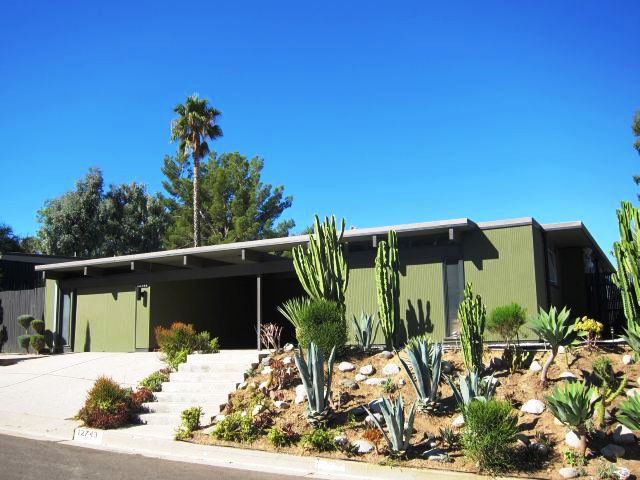 |
|
|
The state Supreme Court in 1966, and the U.S. Supreme Court in 1967, overruled the voters, ending housing discrimination against ethnic minorities once and for all.
“Fifty years later,” Ovnick writes, “the (Eichler) designs still work so well and look so attractive that many of the homes in the tract remain unaltered today. Eichler’s developments are historically significant not only for bringing progressive deign within middle class means, but also for their progressive social policies.”
“Eichler homes,” Ovnick concludes, “were indeed ahead of their time.”
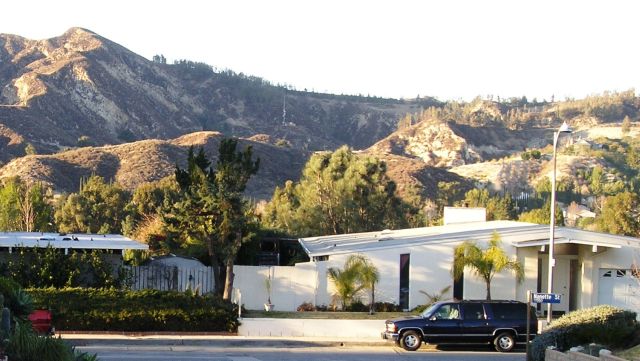 |
|
|
- ‹ previous
- 307 of 677
- next ›



